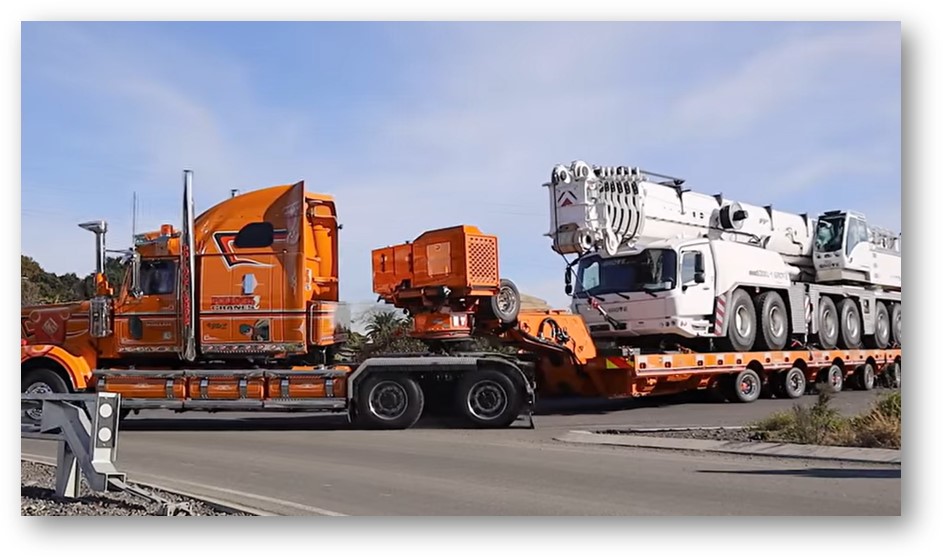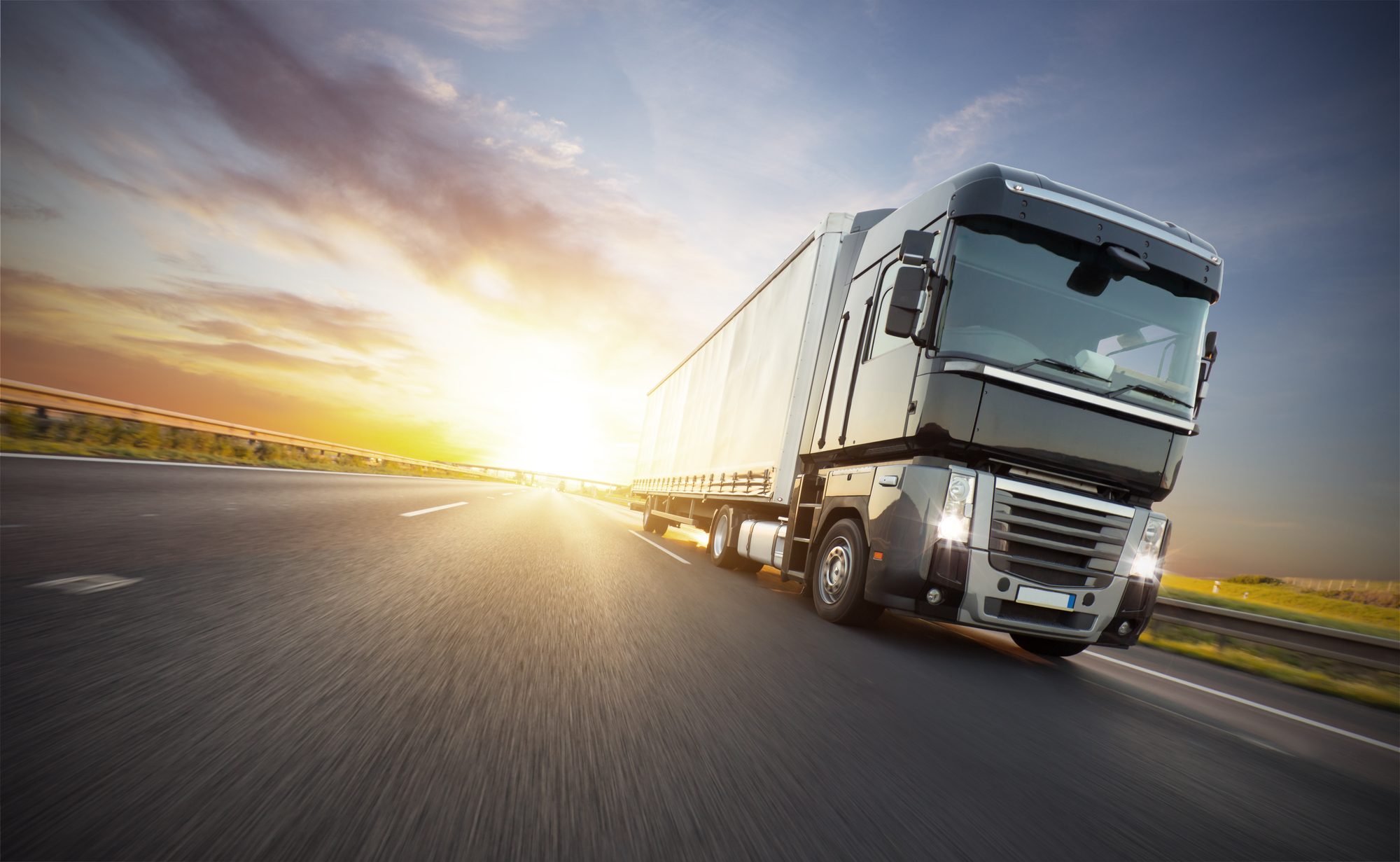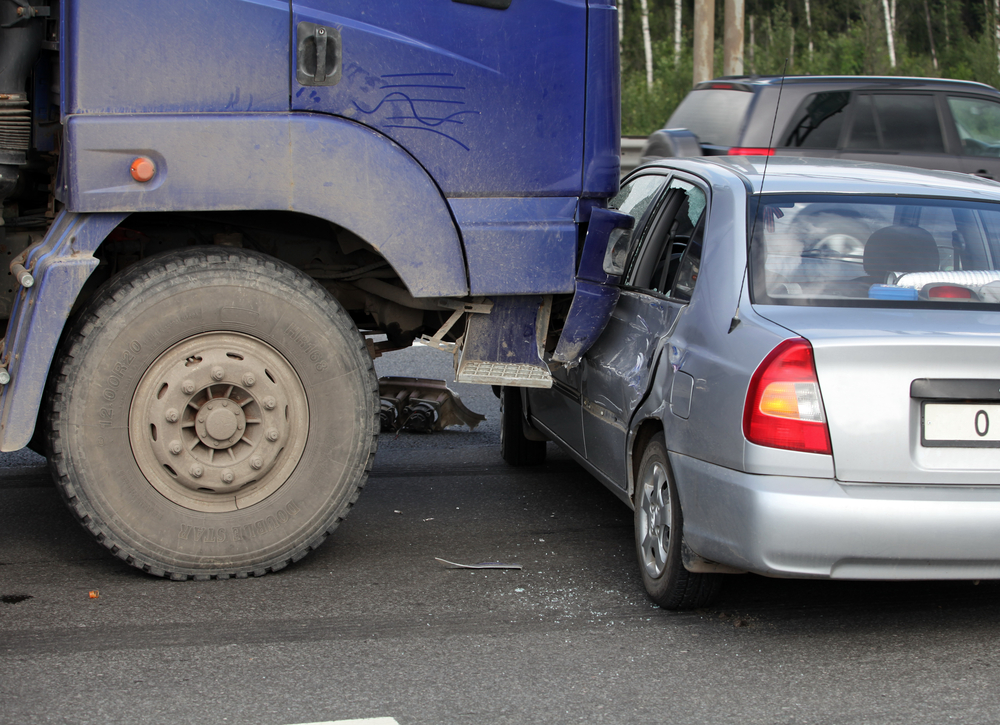
The Role of Truck Cranes in New Zealand’s Infrastructure Boom
Overview of New Zealand’s Current Infrastructure Growth
Government Investment and Major Projects Driving Demand
New Zealand is experiencing one of the most significant infrastructure booms in its modern history. Fuelled by government stimulus packages, public-private partnerships, and long-overdue upgrades to aging infrastructure, the country is pouring billions into transport, housing, and public utilities.
Projects such as Auckland’s City Rail Link, the NZ Upgrade Programme, and various regional transport initiatives are reshaping the national landscape. These developments demand swift, efficient, and flexible construction methodologies, precisely where truck cranes come into play.
Urban Expansion and the Need for Efficient Lifting Solutions
With rapid population growth in cities like Auckland, Wellington, and Christchurch, there’s a pressing need for high-density housing, new roads, and expanded commercial precincts. Urban environments pose logistical challenges, including tight access, restricted movement, and accelerated timelines.
Truck cranes provide the agility and responsiveness required to meet these constraints, making them indispensable to modern urban construction.
Key Sectors Benefiting from the Infrastructure Boom
From civil engineering and transport to telecommunications and energy, a wide range of sectors rely heavily on truck cranes. Whether erecting steel beams, lifting modular components, or supporting maintenance tasks on high-voltage lines, truck cranes are embedded in the daily workflow of infrastructure development throughout New Zealand.
Why Truck Cranes Are Vital to Modern Construction in NZ
Versatility and Mobility on Job Sites
One of the primary advantages of truck cranes is their exceptional versatility. Unlike fixed tower cranes or crawler cranes that require dedicated transport and setup, truck cranes can be driven directly to a job site. This mobility means they can be rapidly deployed across different projects with minimal downtime. Their ability to operate in constrained urban spaces or rugged rural locations makes them particularly suited to the diverse demands of NZ’s construction environments.
Faster Setup and Reduced Downtime Compared to Traditional Cranes
Truck cranes are designed for fast deployment. With hydraulic stabilisers, onboard controls, and compact operating footprints, they often require no additional transportation or complex rigging to begin work.
This efficiency significantly reduces downtime, especially critical for infrastructure projects operating on tight schedules or under traffic management restrictions.
Reaching Difficult and Confined Work Areas
In congested urban zones or sites with uneven terrain, access can be a major challenge. Truck cranes, especially those with articulated or telescopic booms, can reach over obstacles, lift from kerbsides, or operate from the road without needing complete site entry. Their flexibility allows them to deliver results where other machinery simply can’t reach.
Common Applications of Truck Cranes in Infrastructure Projects
Bridge Construction and Road Upgrades
Truck cranes are frequently used in bridge construction to lift precast concrete sections, steel beams, and safety barriers. Their ability to manoeuvre on narrow construction platforms and position heavy materials with precision is invaluable during road upgrades and bridge replacements across NZ.
High-Rise and Commercial Building Support
For high-rise buildings, truck cranes handle everything from structural steel and HVAC units to cladding and prefabricated panels. Their lifting capacity and boom reach are essential in urban commercial zones where traditional tower cranes are impractical or cost-prohibitive.
Utility Installations and Telecommunications Work
Power lines, cellphone towers, and fibre optics infrastructure all benefit from truck crane technology. Lifting poles, mounting antennas, and positioning substations are made easier with mobile cranes that can travel quickly between regional and urban installations.
Advantages of Using Truck Cranes in New Zealand Conditions
Navigating NZ’s Varied Terrain and Road Networks
From Northland’s rolling hills to Otago’s rugged backcountry, New Zealand’s terrain is diverse and challenging. Truck cranes are designed to travel long distances and navigate difficult environments. Their road-legal status and all-terrain capabilities make them ideal for servicing regional infrastructure projects, especially where traditional cranes would struggle to reach.
Weather Adaptability and Year-Round Usage
NZ’s weather can be unpredictable, especially in coastal and alpine regions. Truck cranes are built to operate in a variety of conditions, with enclosed cabs, weatherproof controls, and load monitoring systems that enhance safety and reliability during adverse weather events.
Fuel Efficiency and Environmental Considerations
Modern truck cranes are becoming increasingly fuel-efficient and environmentally conscious. With cleaner engines, hybrid systems, and emission control technologies, many models meet or exceed New Zealand’s environmental regulations. This helps construction firms meet sustainability targets while reducing operational costs.

Local Crane Operators and Their Role in Project Success
Training, Certification, and Industry Standards in NZ
The safe and efficient use of truck cranes relies on highly trained operators. In New Zealand, operators must hold appropriate qualifications, including NZQA unit standards and relevant driver endorsements. Ongoing training ensures that operators remain compliant with WorkSafe regulations and are equipped to handle the latest crane technologies.
Supporting Regional Projects with Local Expertise
Local crane operators bring not only technical skill but also site-specific knowledge that enhances project execution. From understanding regional access restrictions to navigating weather patterns, their insights are instrumental in ensuring safe, timely, and cost-effective lifts.
The Growing Demand for Skilled Truck Crane Operators
As infrastructure projects continue to grow, the demand for skilled truck crane operators is rising. This has led to increased investment in training programmes, apprenticeships, and upskilling initiatives throughout New Zealand’s construction sector.
Challenges Facing Truck Crane Use in NZ’s Infrastructure Boom
Logistical Hurdles in Urban and Rural Builds
Even with their mobility, truck cranes face challenges in congested city centres and remote rural sites. Road access, permitting, and site preparation can all create bottlenecks. Coordinating multiple cranes on large projects also requires precise planning to avoid delays or safety risks.
Supply Chain Delays and Equipment Availability
Global equipment shortages and shipping disruptions have affected the availability of new truck cranes and replacement parts in New Zealand. This has placed additional pressure on contractors to maintain existing fleets and plan equipment hire well in advance.
Navigating Safety and Regulatory Compliance
Safety is paramount in crane operations. Ensuring compliance with WorkSafe NZ regulations, conducting regular inspections, and implementing risk mitigation strategies are ongoing challenges. Poor planning or inadequate training can result in costly delays or legal liabilities.
Innovations and the Future of Truck Cranes in NZ
Advancements in Crane Technology and Automation
The truck crane industry is seeing rapid technological advancement. Features such as automatic levelling, remote operation, and onboard diagnostics enhance safety and performance. These innovations allow for more precise lifts, reduced operator fatigue, and greater efficiency on site.
Telematics and Fleet Management for Crane Operators
Fleet operators are increasingly using telematics to monitor crane usage, maintenance needs, and location data. This real-time oversight allows companies to improve asset utilisation, minimise downtime, and ensure regulatory compliance through digital record-keeping.
The Role of Sustainability in Crane Design and Operation
Sustainability is influencing crane design, with manufacturers introducing hybrid engines, lightweight materials, and energy-saving hydraulics. In the long term, these innovations contribute to lower fuel consumption, reduced emissions, and a smaller environmental footprint for NZ’s construction industry.
Final Thoughts on Truck Cranes Shaping NZ’s Construction Landscape
Long-Term Value of Truck Cranes in National Development
Truck cranes are far more than tools, they are strategic assets in New Zealand’s infrastructure boom. Their role in facilitating efficient, adaptable, and cost-effective construction across a wide range of projects cannot be overstated. As the country continues to invest in its future, truck cranes will remain at the forefront of progress.
Preparing for the Next Wave of Infrastructure Projects
With continued growth on the horizon, the construction sector must remain agile and forward-thinking. Investing in modern crane technology, upskilling operators, and embracing sustainable practices will ensure that truck cranes continue to play a pivotal role in building a stronger, more connected New Zealand.



